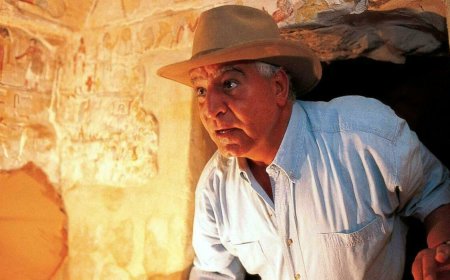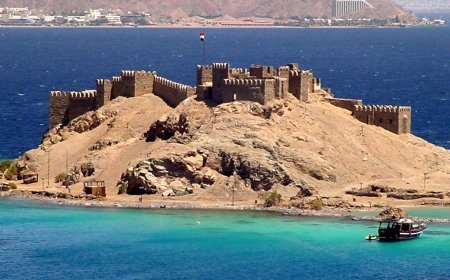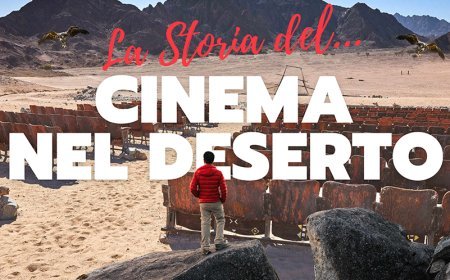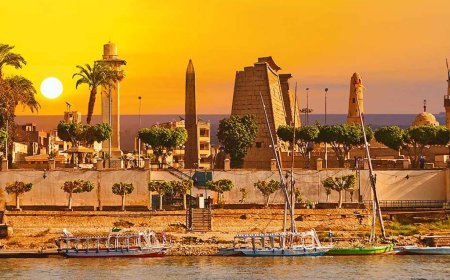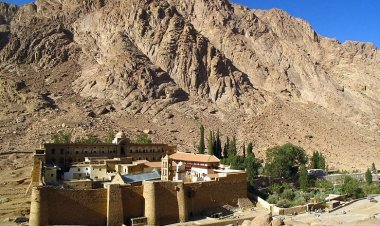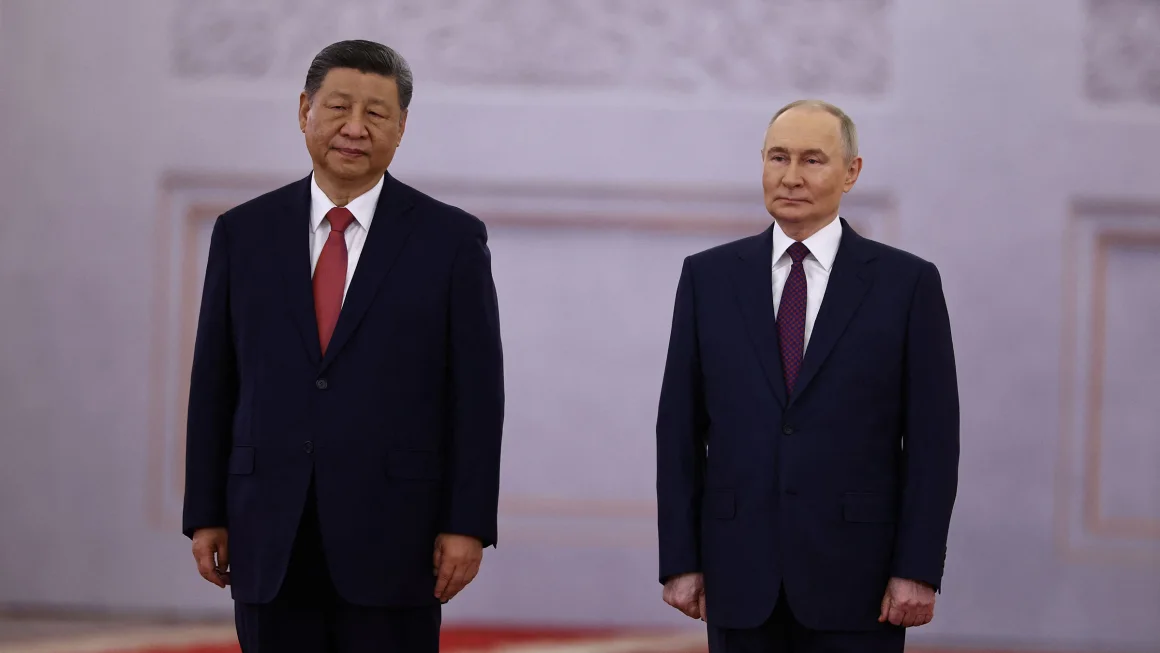Photos: Unique tombs unearthed in Upper Egypt
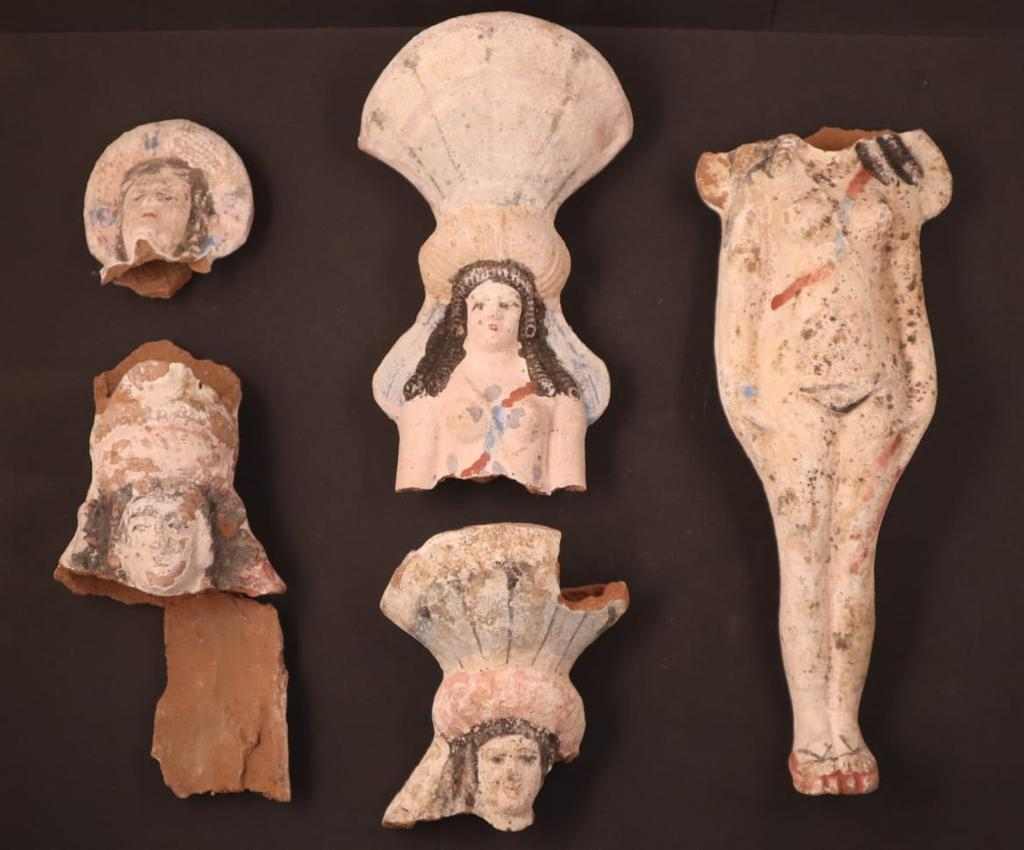
A Spanish archaeological mission from the University of Barcelona and the Institute of Ancient Near East on Monday uncovered tombs dating back to the Ptolemaic and Roman eras and mummies from the Roman era, during its excavations in al-Bahnasa archaeological area in the Minya Governorate in Upper Egypt.
The Secretary General of the Supreme Council of Antiquities, Mostafa Waziri, said that the tombs are a new form of burial, consisting of a hole dug in the natural rock in the ground.
Terracotta statues uniquely depicting the goddess Isis-Aphrodite wearing a floral wreath topped with a crown were found on her head, a sign of the many secrets and burial methods to be found at this site from different eras.

The head of the Central Administration of Middle Egypt Antiquities, Adel Okasha, explained that the mission also uncovered parts of papyrus inside a clay seal, in addition to a large number of mummies wrapped in colored wrappings, the faces of some covered with gilded and colored funerary masks.
Golden tongues were also found inside the mouth of two of the mummies, a ritual known from the Roman era in Bahnasa to preserve the deceased.

The tombs consist of a stone shaft that ends with a door closed with mud bricks, leading to a large hole inside which a group of empty coffins were found, while others contained mummies covered with colored cartonnage.
Okasha pointed out that 23 mummies were found outside the coffins, while four human-shaped coffins contained two mummies and small votive perfume bottles.
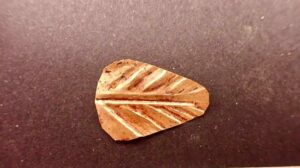
The term terracotta is given to statues made of baked clay, which appeared in Egypt during the Late Period, under the influence of Greek civilization.
This industry began in Egypt at the hands of the Greeks in the sixth century BC, where its center was in the city of Naucratis (currently the Abu Qir region) in the Delta.
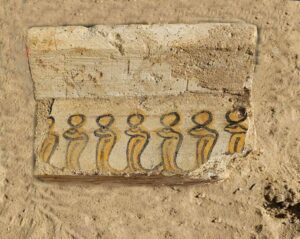
The terracotta statues that came from the city of Fayoum and date back to the Greco-Roman era were made by hand, or using molds.
The ends of these statues were often made separately, then gathered together and fixed to the main part.

The post Photos: Unique tombs unearthed in Upper Egypt appeared first on Egypt Independent.
What's Your Reaction?
 Like
0
Like
0
 Dislike
0
Dislike
0
 Love
0
Love
0
 Funny
0
Funny
0
 Angry
0
Angry
0
 Sad
0
Sad
0
 Wow
0
Wow
0


